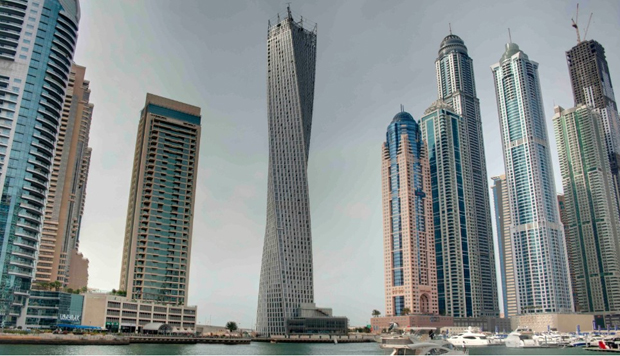
What's behind the trend for twisting skyscrapers?
New report ranks 28 twisting scrapers in the world right now and explains why there are many more to come. . .
If you've been pounding the streets of a major city this summer as part of your vacation (and you're prone to looking up as well as ahead), chances are you'll have noticed one thing about the current built environment: There seems to be an awful lot of skyscrapers that twist as they reach into the sky right now. And from Beijing to Dubai, Panama to Malmo it's a trend that's growing by the day.
We're not the only ones to have noticed it. A newly published report by the Chicago based Council on Tall Building and Urban Habitat (CTBUH) highlight and examines this growing trend ranking the buildings by height.
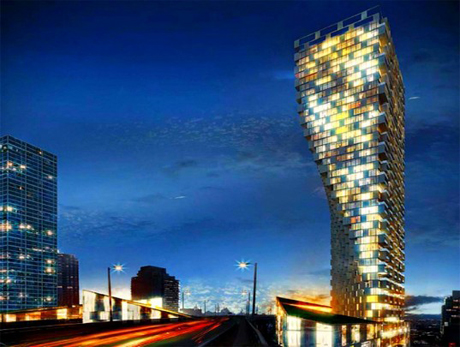
Defined as a building higher than 90 meters that "progressively rotates its floor plates or façade as it gains height", the report - Twisting Tall Buildings - says 15 spiraled skyscrapers now exist, with a further 13 under construction.
A stunning variety of textures, view angles and ripple effects result from these manipulations, making these 'twisters' some of the world's most iconic buildings," says the report from CTBUH, a non-profit organization that researches tall buildings and urban design.
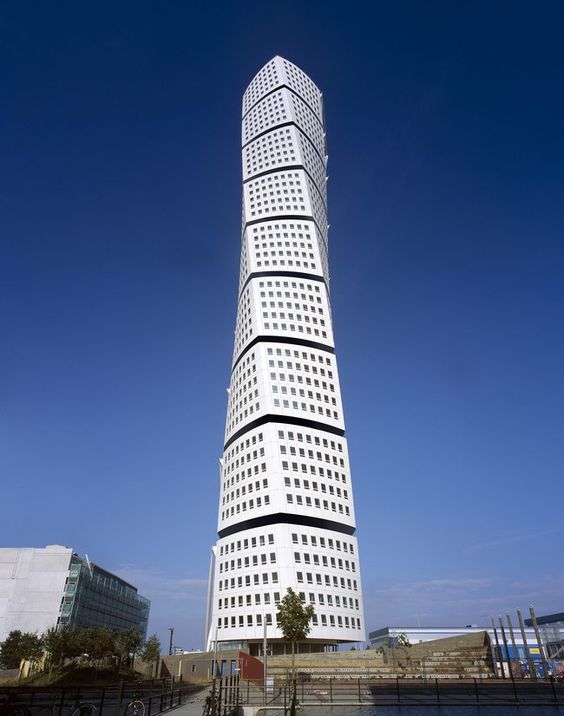
The trend is sprung from a number of factors, the report says, better tech, better building materials and an increasing desire for green buildings. The recently completed Shanghai Tower's twisting facade for example reduces the wind load on the building by a quarter which resulted in the developers saving $58 million in the cost of structural material.
But not all twisting towers are devised with sustainability in mind - often it's simple aesthetic novelty that drives the plans. They certainly look good against a backdrop of standard rectilinear towers.
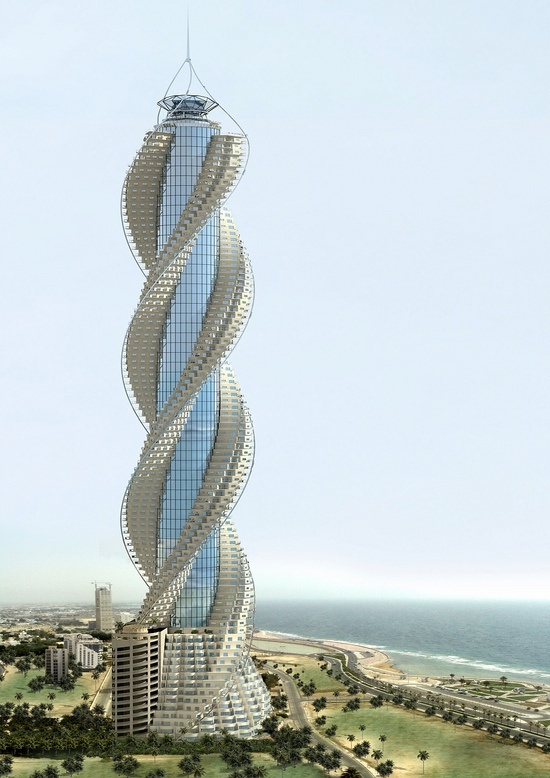
"When you introduce the twist, the parameters change, says Shawn Ursini, author of the CTBUH study. "It adds complexity to the project because (the windows) have to be manufactured and installed in a particular manner." However, increasingly better and cheaper technology has made it possible to construct these complex skyscrapers quickly and relatively cheaply - an impossibility until fairly recently.
Santiago Calatrava's Twisting Torso, built in 2005 in Malmo, Sweden, was the first twisting tower. Since then they've gotten taller and ever more complex, an example being the helix-like F&F Tower in Panama City, Panama.
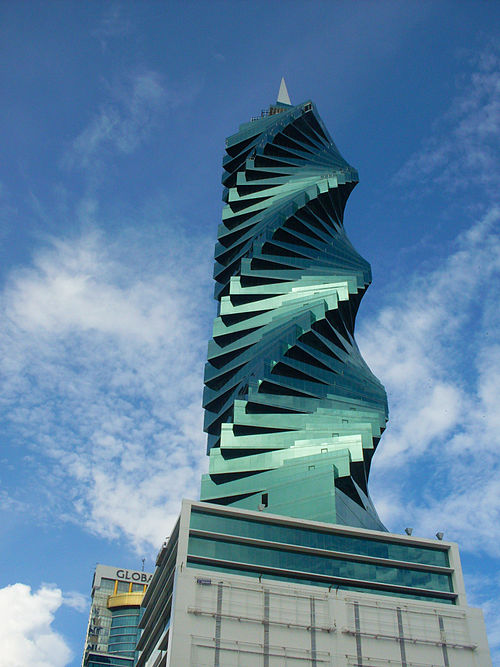
Meanwhile, The Diamond Tower in Jeddah, Saudi Arabia, which is due for completion in 2019 will be the first tower to twist a full 360 degrees.
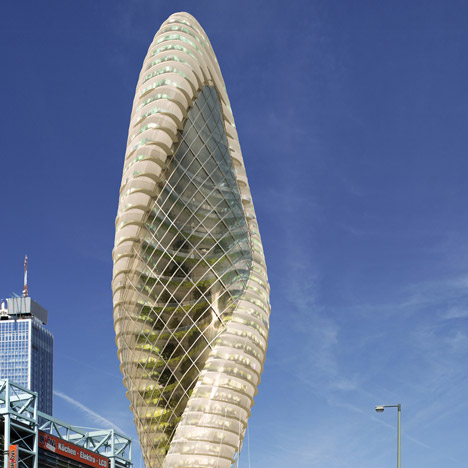
The report says the trend will be around for some time due it's green friendly nature. Twisting buildings can reduce energy consumed in the building via the more varied opportunities for the placement of windows. Just don't twist your neck looking up at them now.
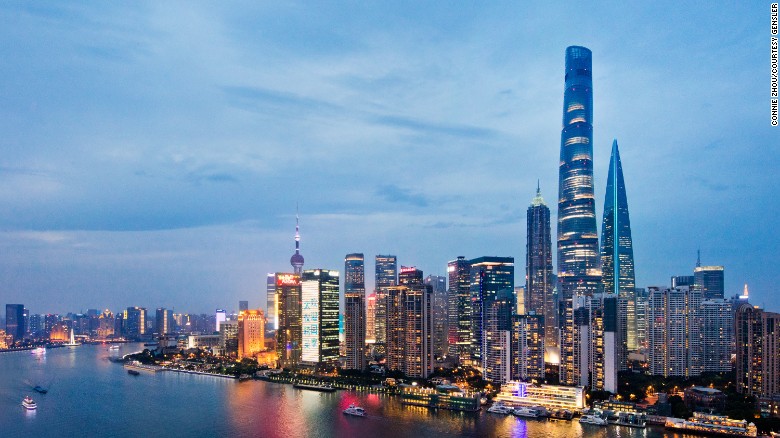
Check out more groundbreaking and innovative architecture trends in the pages of our architecture books in the store.